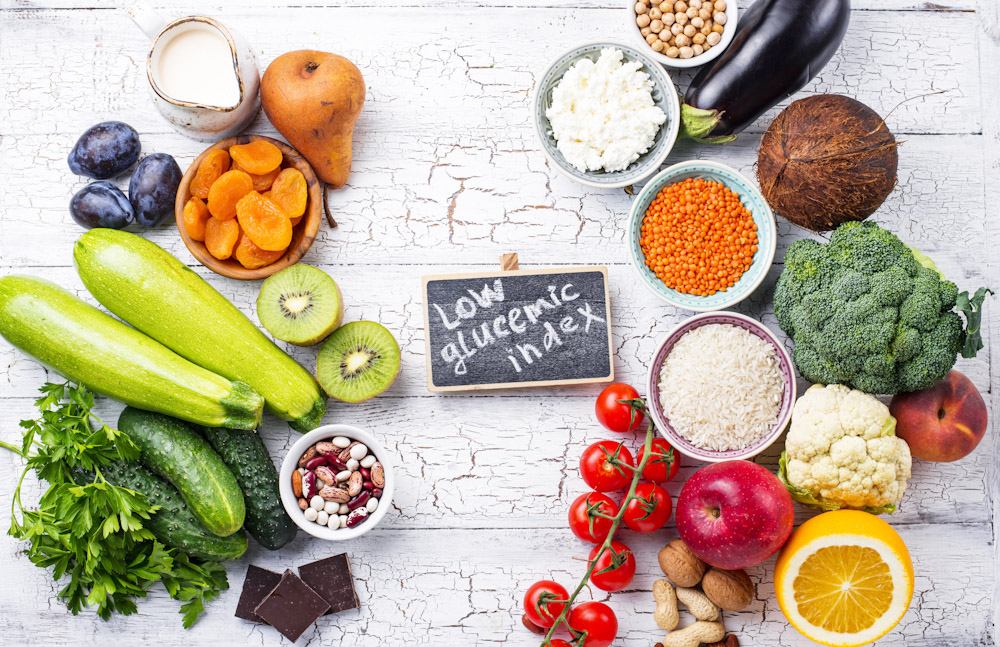The glycemic index can be used to promote the management of blood sugar. To understand the Glycemic index, it is necessary first to know how blood sugar affects our bodies and why we need to manage it.
Blood Sugar Basics
Our cells need blood sugar (blood glucose) to function. This complex compound comes from food and can influence most bodily functions.
Insulin, a hormone that aids our cells in using blood sugar efficiently for energy, works in conjunction with our body’s sugar levels. This hormone is produced in the pancreas and plays a vital role in maintaining stable energy levels and good health.
Diabetes is a condition that impairs the body’s ability or response to insulin. This causes abnormal metabolism of carbohydrates and high levels of glucose in the urine and blood. If blood sugar levels are adequately controlled, type 2 diabetes can be prevented. This condition affects nearly 10% of Americans. The Glycemic Index is a valuable tool for this purpose.
Carbs are Sugars
Carbohydrates are the food that our bodies use to get energy in the form of blood sugar. Research shows that excessive intake of certain carbs can cause weight gain and insulin insensitivity. Poor carb choices could lead to type 2 diabetes.
Now, let’s answer the golden question: What are “good carbs” and “bad carbs?”
It is a good idea to think in terms of ‘poor, ‘better, and ‘optimal when it comes down to carbohydrates for nutrition. Here is where the Glycemic Index steps in.
The Index
The Glycemic Index, an indicator of how certain foods and carbohydrates affect blood sugar, is, as I mentioned above, a good value. This index can classify foods as low, medium, or high. Here are some common food categories according to the 3 Glycemic Index ratings. To facilitate organization, we will divide the food into five subcategories: fruits, vegetables, and grains; bread, cereals, bread, and snacks.
Low (55 and below)
Fruits: apples, apricots, blueberries, cranberries, grapefruit, peaches, plums, tangerines
Vegetables: asparagus, artichoke, avocado, broccoli, cauliflower, cucumber, greens
Grains: barley and rye, wild Rice, wheat pasta
Bread: flax, wheat pita bread, and rye bread
Snacks –almonds and peanuts, greek yogurts, hummus
Medium (56-69)
Fruits Bananas, mangoes, grapes, mangoes, kiwi, and oranges
Vegetable beets and sweet potatoes, sweet potato, yams, and corn on the cob
Grains –cornmeal and brown Rice, white Rice, couscous
Bread: normal Pita, wheat bread, and pumpernickel bread. High fiber bread
Snacks: chocolate (cocoa), bran muffins, popcorn
High (70 and above)
Fruits: watermelon, pineapple
Vegetables most canned/frozen potatoes, corn, and winter squash
Grainsmost instant Rice, Tapioca
Bread: white bread, bagels, dinner rolls, baguette
Snacks: candy, crackers, chips, cookies
Make wise decisions
While a cookie or bag of chips can be an indulgent treat, choosing foods with low glycemic scores is best. These foods are good for your health, prevent unwanted weight gain, and help you avoid developing type 2 diabetes. Because of the complexity of sugar molecules, foods low on the glycemic index often provide more energy and are, therefore, more sustained.





